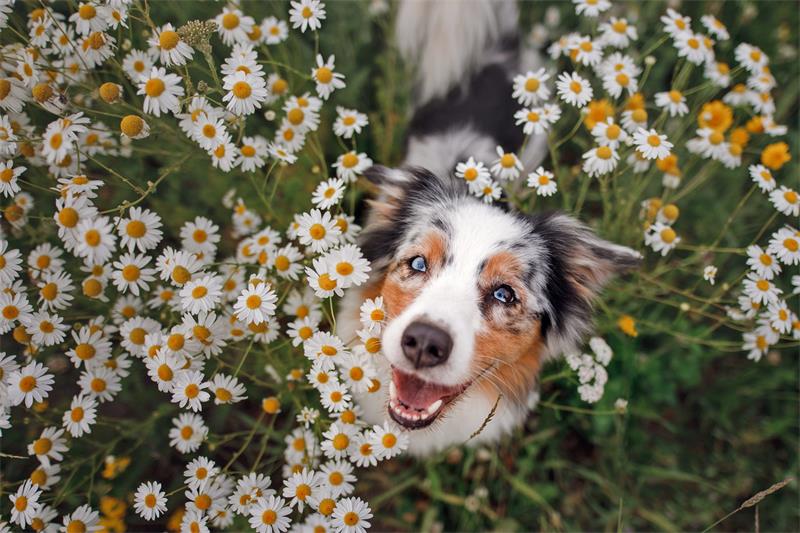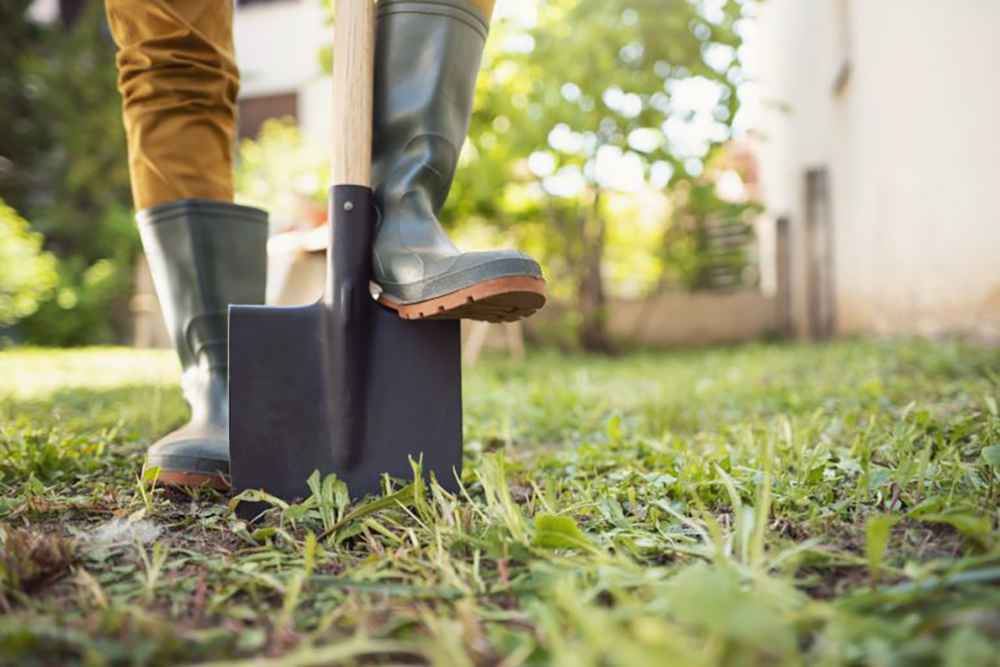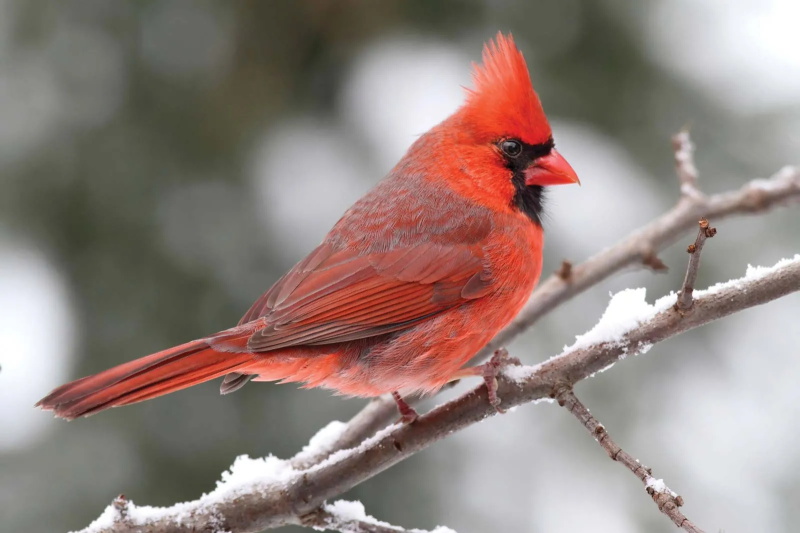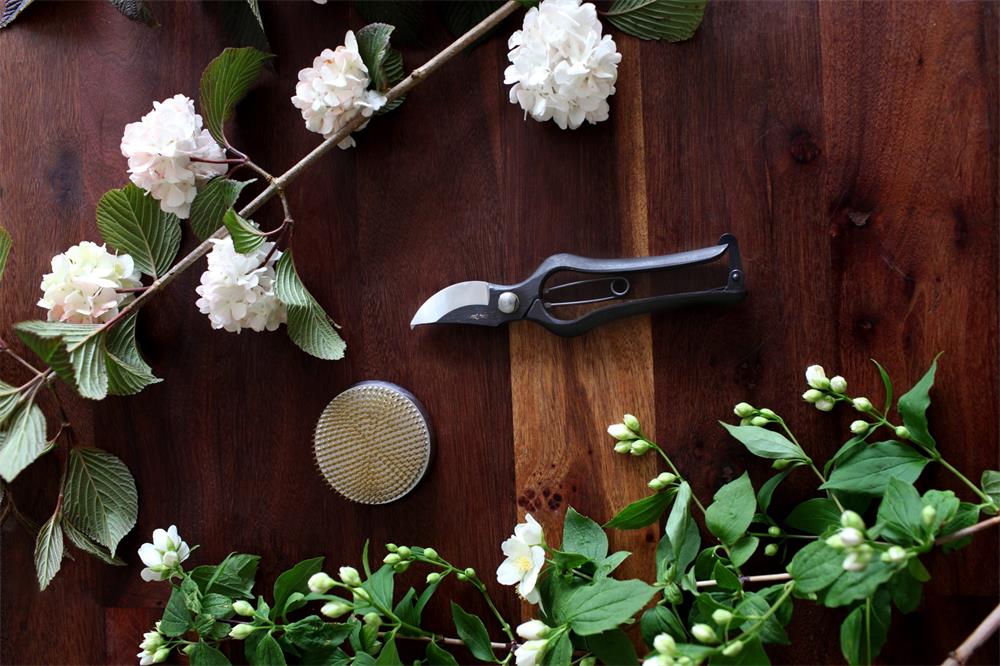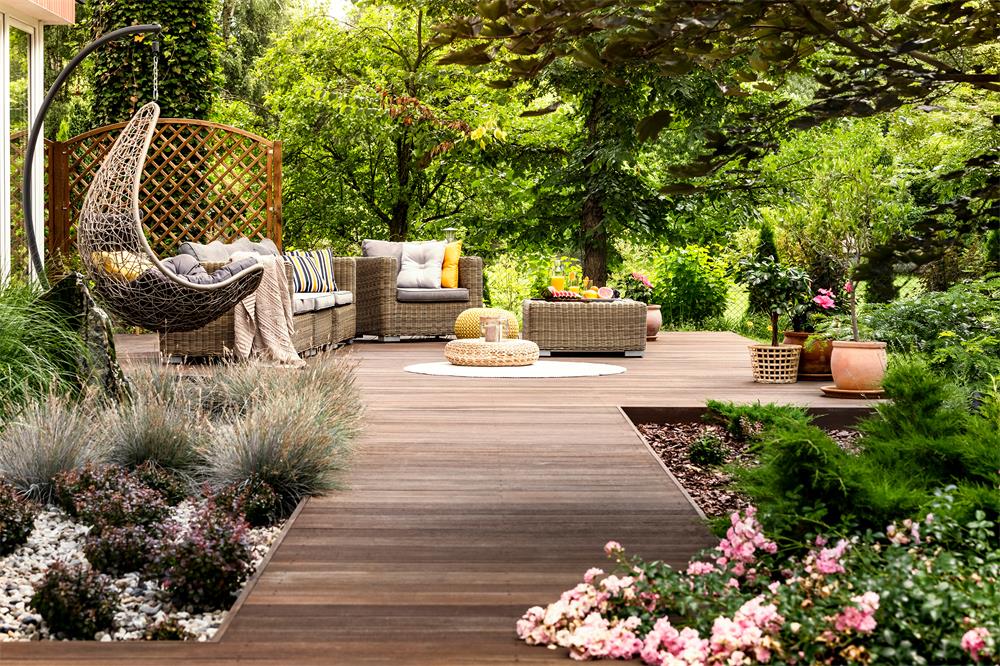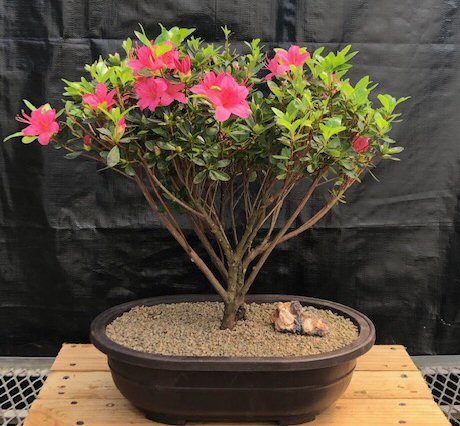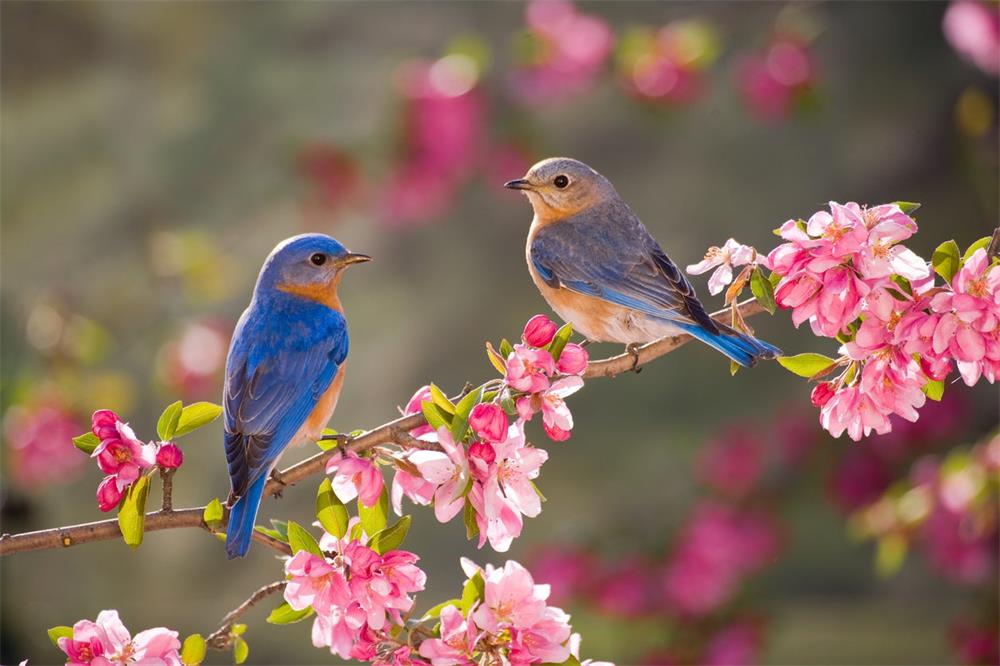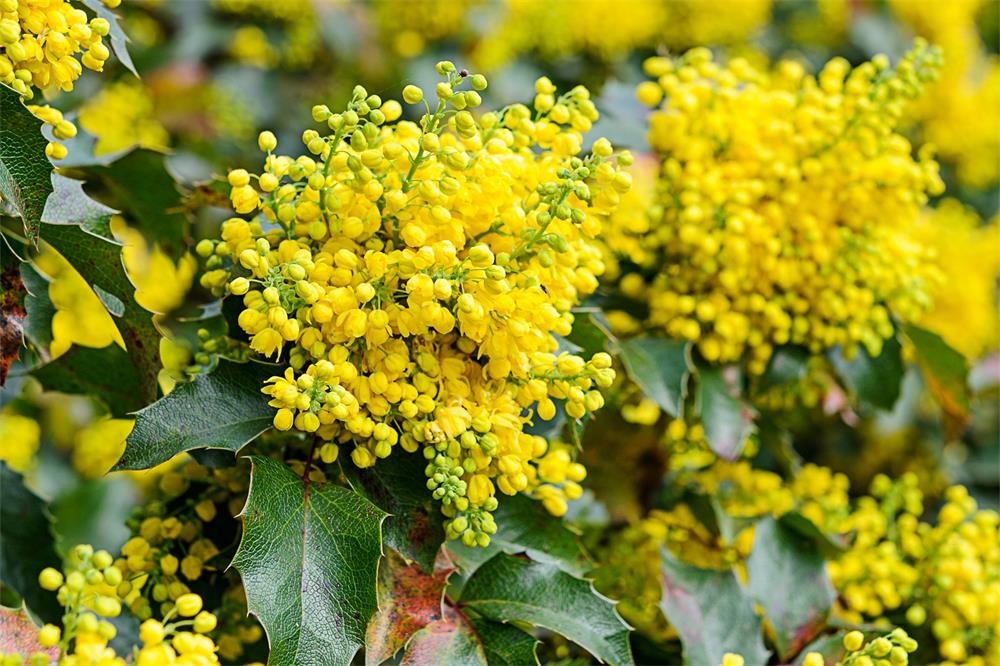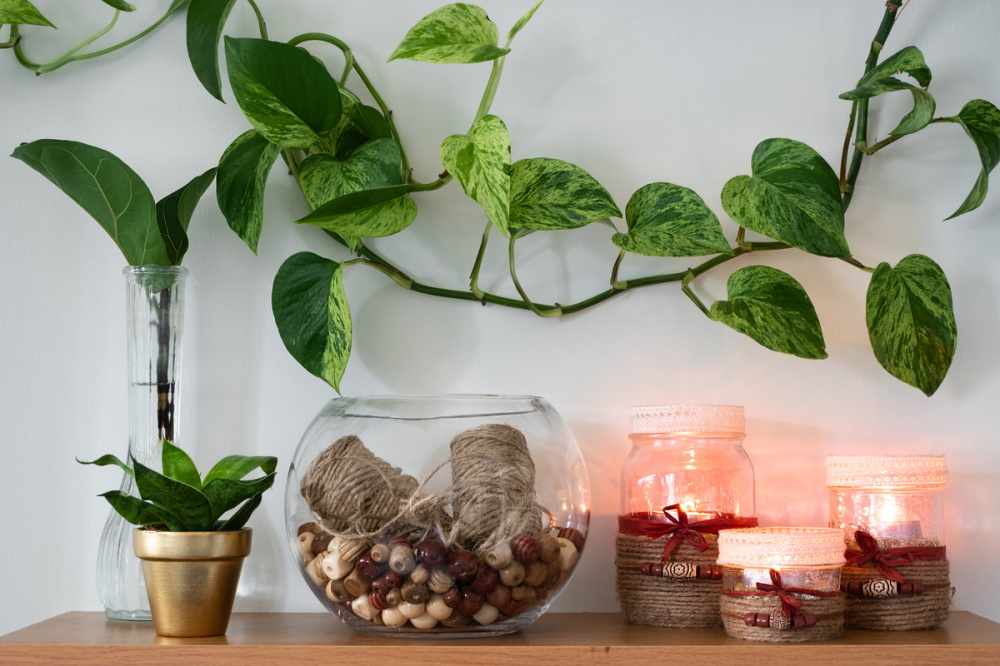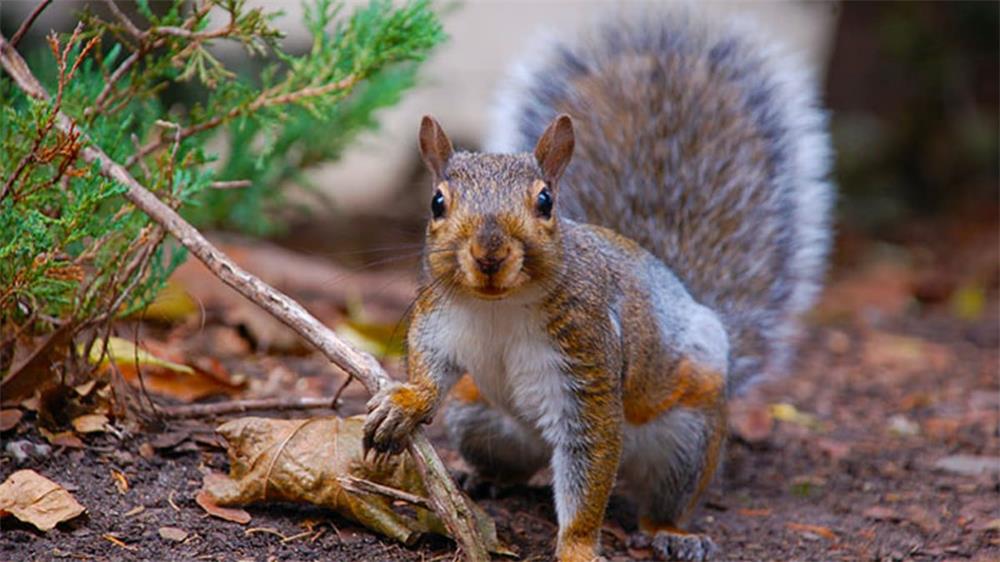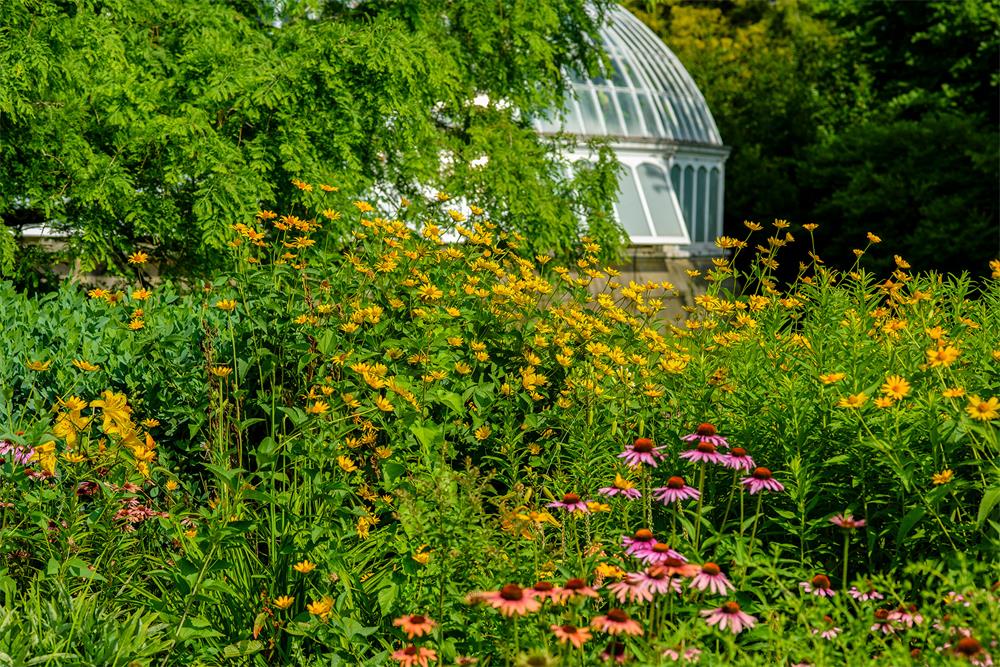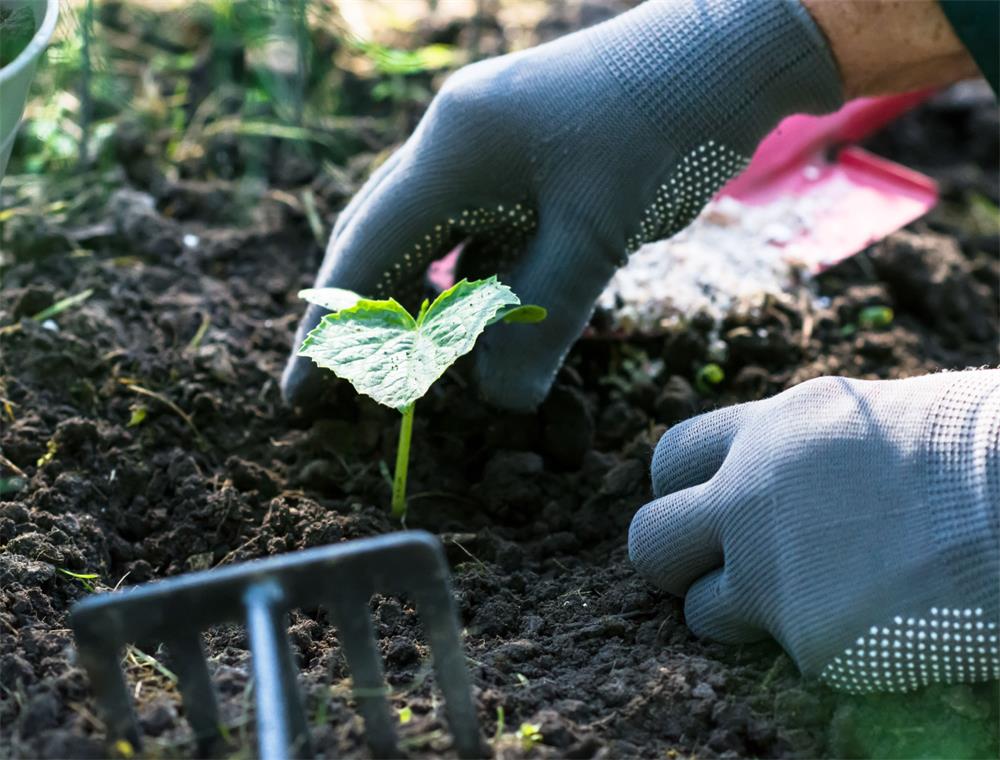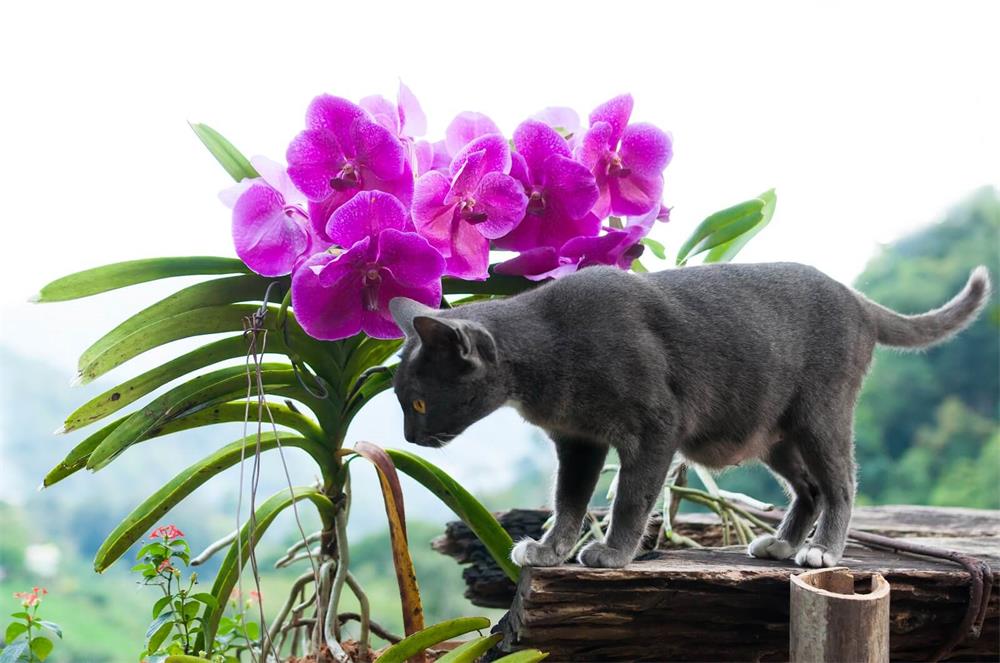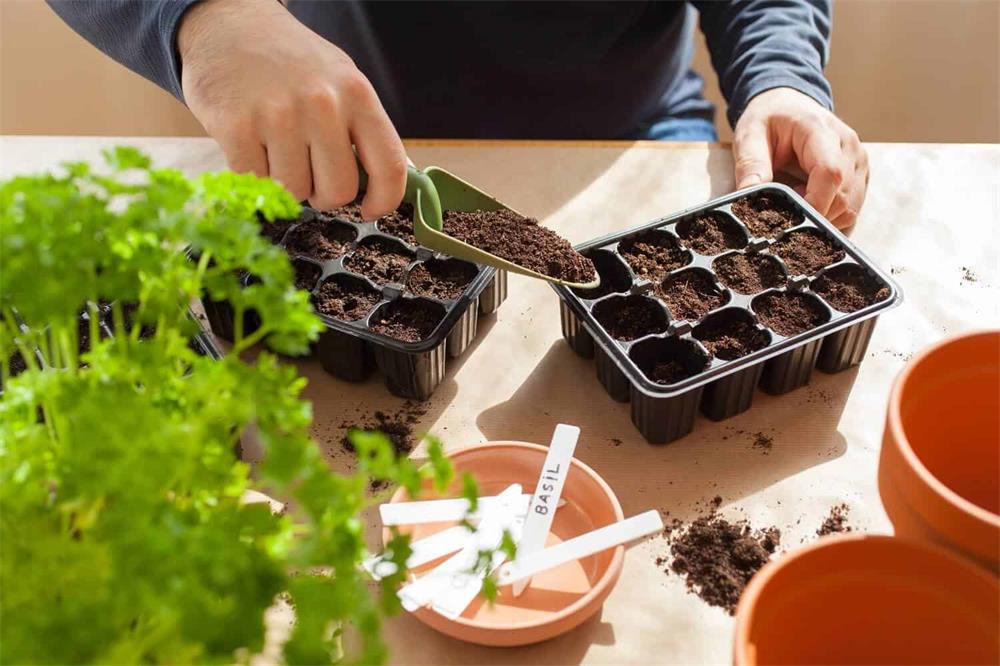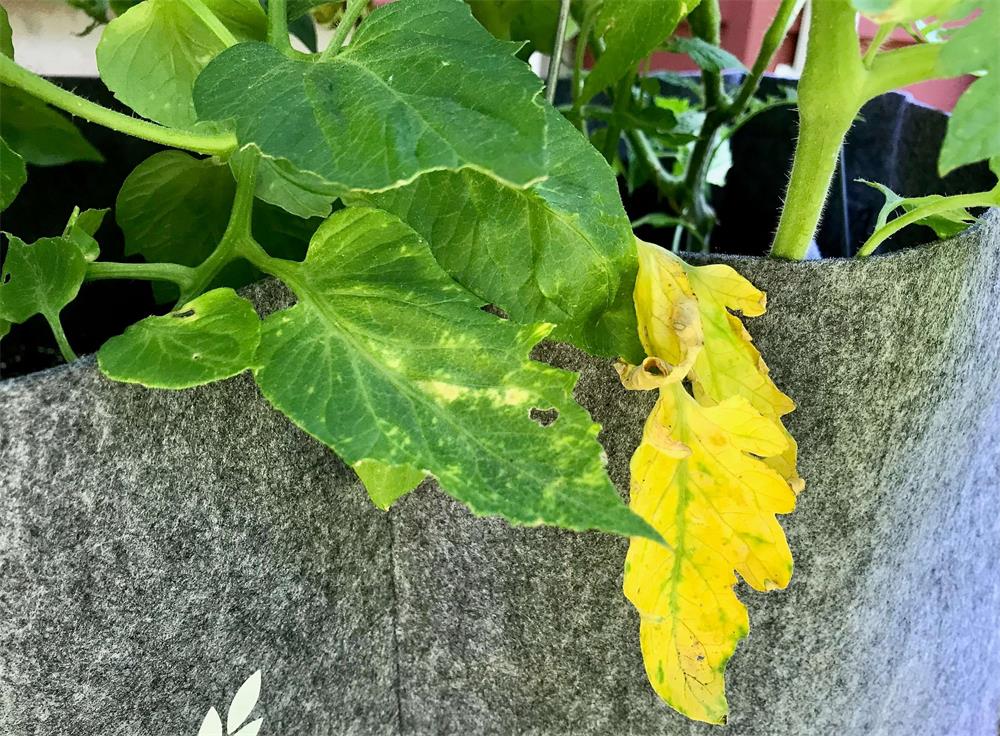
Table of Contents
If you notice that the leaves of your outdoor plants are turning yellow, you might be wondering what is wrong with them. Yellowing of the leaves, also known as chlorosis, is a common symptom of various plant problems. It means that the leaves are not producing enough chlorophyll, the green pigment that is essential for photosynthesis. Without enough chlorophyll, the leaves cannot make food for the plant and they lose their vibrant color.
There are many possible reasons why outdoor plant leaves turn yellow, ranging from environmental factors to pests and diseases. Some of them are easy to fix, while others might require more intervention. Here are 10 common causes of yellow leaves on outdoor plants and how to deal with them.
1. Lack of Light
One of the most basic requirements for plant growth is light. Light provides the energy for photosynthesis, which allows the plant to make sugars and other organic compounds. If a plant does not get enough light, its leaves will look pale and faded.
To prevent or fix this problem, you need to know the light preferences of your plant. Some plants need full sun, while others can tolerate partial shade or even full shade. For potted plants, you can move them to a brighter spot if they are not getting enough light. For inground plants, you might have to prune nearby trees or shrubs that are casting shade on them or transplant them to a sunnier location.
2. Lack of Water
Another essential factor for plant growth is water. Water helps transport nutrients and hormones throughout the plant, and also regulates its temperature and turgor pressure. If a plant does not get enough water, its leaves will wilt and turn yellow. This can happen quickly during hot and dry weather when the plant loses more water through its leaves than it can absorb from the soil.
To prevent or fix this problem, you need to water your plant regularly and deeply, especially during droughts or heat waves. Check the soil moisture by inserting your finger into it. If it feels dry, water the plant slowly until the water drains out of the bottom of the pot or the soil is evenly moist. Avoid watering too frequently or too lightly, as this can cause shallow roots and salt buildup in the soil.
3. Excess Water
On the other hand, too much water can also cause yellow leaves on outdoor plants. Excess water can drown the roots, depriving them of oxygen and causing root rot. Root rot can damage or kill the roots, making them unable to absorb water and nutrients from the soil. This can lead to the yellowing and browning of the leaves and stems.
To prevent or fix this problem, you need to improve the drainage of your soil and avoid overwatering your plant. Choose a well-drained potting mix for potted plants, and make sure the pot has enough holes at the bottom. For inground plants, amend heavy clay soils with organic matter or sand to improve their porosity. You can also consider raised beds or containers for plants that are sensitive to wet feet.
4. Nutrient Deficiency
Plants need various nutrients to grow and thrive, such as nitrogen, phosphorus, potassium, calcium, magnesium, iron, manganese, zinc, etc. These nutrients play different roles in plant metabolism, such as enzyme activation, chlorophyll synthesis, cell division, etc. If a plant does not get enough of any of these nutrients, it will show signs of deficiency, such as yellowing of the leaves.
To prevent or fix this problem, you need to test your soil and fertilize your plant accordingly. A soil test will tell you the pH and nutrient levels of your soil, and what amendments you need to add to correct any imbalances or deficiencies. You can use a balanced fertilizer for most plants, or a specific fertilizer for plants that have special needs (such as acid-loving plants). Follow the label instructions on how much and how often to apply fertilizer.
5. pH Imbalance
The pH of the soil affects the availability of nutrients for plants. Different nutrients have different optimal pH ranges for uptake by plants. If the soil pH is too high (alkaline) or too low (acidic), some nutrients might become less soluble or more toxic for plants. This can cause nutrient deficiency or toxicity symptoms in plants, such as yellowing of the leaves.
To prevent or fix this problem, you need to test your soil pH and adjust it if necessary. A soil test will tell you the current pH of your soil and what amendments you need to add to raise or lower it. Generally speaking, most plants prefer slightly acidic soil with a pH between 6 and 7. You can use lime to raise the pH or sulfur to lower it.
6. Diseases
Some diseases can also cause yellow leaves on outdoor plants. These diseases can be caused by fungi, bacteria, viruses, or nematodes that infect the plant and interfere with its normal functions. Some common diseases that can cause the yellowing of the leaves are:
- Powdery mildew: A fungal disease that forms a white or gray powdery coating on the leaves, reducing their photosynthesis and causing them to turn yellow and drop off.
- Leaf spot: A fungal or bacterial disease that causes brown or black spots on the leaves, surrounded by yellow halos. The spots can coalesce and kill the entire leaf.
- Mosaic virus: A viral disease that causes mottled yellow and green patterns on the leaves, stunting their growth and reducing their yield.
- Root-knot nematode: A microscopic worm that lives in the soil and feeds on the roots, causing galls or swellings on them. The galls reduce the water and nutrient uptake by the plant, causing yellowing and wilting of the leaves.
To prevent or fix this problem, you need to identify the disease and treat it accordingly. Some general tips for preventing and managing plant diseases are:
- Choose disease-resistant varieties of plants whenever possible.
- Avoid planting in areas where the disease has occurred before or where there is poor air circulation or drainage.
- Water the plants at the base and avoid wetting the foliage, especially in humid or rainy weather.
- Remove and destroy any infected plant parts as soon as you notice them.
- Apply fungicides, bactericides, or insecticides as needed, following the label instructions.
7. Pests
Some pests can also cause yellow leaves on outdoor plants. These pests can be insects, mites, or animals that feed on the plant and damage its tissues. Some common pests that can cause the yellowing of the leaves are:
- Aphids: Small, soft-bodied insects that suck the sap from the plant, causing curling and yellowing of the leaves. They can also transmit viral diseases to the plant.
- Spider mites: Tiny arachnids that spin fine webs on the plant and feed on its cells, causing stippling and yellowing of the leaves. They thrive in hot and dry conditions.
- Caterpillars: Larvae of various moths and butterflies that chew holes in the leaves, leaving them ragged and yellow. They can also defoliate entire plants if left unchecked.
- Deer: Large herbivores that browse various plants, especially young shoots, and buds. They can cause severe damage to ornamental plants and crops.
To prevent or fix this problem, you need to identify the pest and control it accordingly. Some general tips for preventing and managing plant pests are:
- Inspect your plants regularly for signs of pest infestation or damage.
- Use physical barriers such as nets, fences, or row covers to protect your plants from pests.
- Encourage natural predators such as ladybugs, lacewings, or birds to feed on pests.
- Handpick or hose off any visible pests from your plants.
- Apply insecticides, miticides, or repellents as needed, following the label instructions.
8. Environmental Stress
Sometimes, yellow leaves on outdoor plants are not caused by any specific factor, but by a combination of environmental stresses that affect the plant’s health. These stresses can include:
- Extreme temperatures: Too hot or too cold temperatures can damage the plant cells and reduce their chlorophyll production, causing yellowing of the leaves. Frost can also cause blackening and wilting of the leaves.
- Wind: Strong winds can tear or desiccate the leaves, making them lose water and turn yellow. Wind can also break branches or uproot plants.
- Pollution: Air pollutants such as ozone, sulfur dioxide, or nitrogen oxides can injure the plant tissues and interfere with their photosynthesis, causing the yellowing of the leaves. Pollution can also affect the soil pH and nutrient availability of plants.
- Salt: Salt accumulation in the soil or water can cause osmotic stress for plants, making them lose water and turn yellow. Salt can also burn the leaf margins or tips.
To prevent or fix this problem, you need to provide optimal growing conditions for your plant and protect it from harsh environments. Some general tips for preventing and managing environmental stress are:
- Choose plants that are suitable for your climate zone and microclimate.
- Mulch your plants to conserve soil moisture and moderate soil temperature.
- Water your plants deeply and regularly during dry spells or heat waves.
- Cover your plants with frost cloth or move them indoors during cold snaps or frosts.
- Avoid planting near busy roads or industrial areas where pollution is high.
- Flush your soil with fresh water to leach out excess salt.
9. Natural Aging
Sometimes, yellow leaves on outdoor plants are not a sign of any problem, but a natural part of the plant’s life cycle. As plants grow and mature, they shed their older leaves to make room for new ones. This is especially common for evergreen plants that do not drop all their leaves at once, but gradually throughout the year. The older leaves turn yellow and then brown before falling off.
To prevent or fix this problem, you don’t need to do anything, as this is a normal and healthy process for plants. However, you can remove any fallen leaves from the ground to keep your garden tidy and prevent fungal diseases.
10. Genetic Variation
Another possible reason for yellow leaves on outdoor plants is genetic variation. Some plants have naturally yellow or variegated leaves due to their genetic makeup. This is not a problem, but a feature that makes them unique and attractive. Some examples of plants with yellow or variegated leaves are:
- Golden pothos: A popular houseplant with heart-shaped leaves that have yellow or white streaks or spots.
- Japanese maple: A deciduous tree with palmate leaves that can have various colors, including yellow, red, orange, or purple.
- Hosta: A shade-loving perennial with large leaves that can have different patterns of green, yellow, white, or blue.
- Coleus: An annual or tender perennial with colorful leaves that can have various shades of green, yellow, red, purple, or pink.
To prevent or fix this problem, you don’t need to do anything, as this is a natural and desirable trait for plants. However, you can choose plants that match your color scheme and contrast well with other plants in your garden.
Conclusion
Yellow leaves on outdoor plants can have many different causes, some of which are easy to fix and some of which are more challenging. The key is to identify the cause and take appropriate action to restore your plant’s health and beauty. By following the tips in this article, you can prevent or fix most cases of yellow leaves on outdoor plants and enjoy a green and lush garden.



